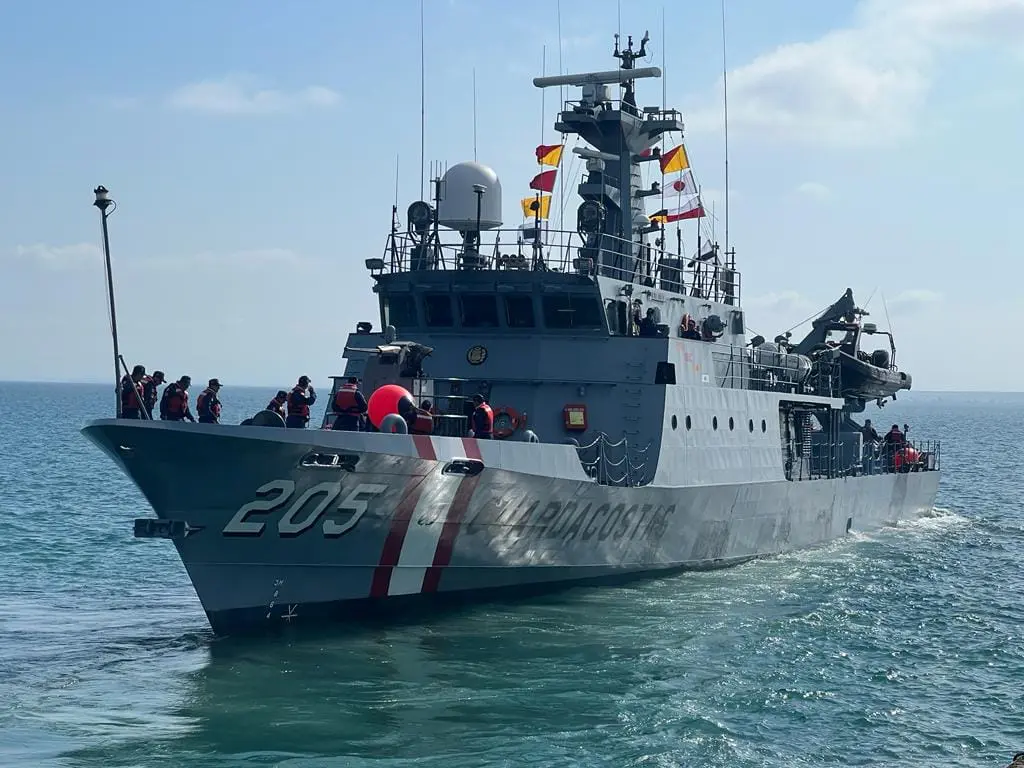Thanks to cooperation agreements reached with companies from South Korea, the SIMA shipyard confirmed the start of construction of two new Río Pativilca Class maritime patrol vessels for the Peruvian Navy (MGP). The beginning of the construction of these two new vessels follows the signing of a contract in July 2023 with the South Korean firm STX Corporation, which has provided the original design and technical and engineering support for the project.

The Río Pativilca class currently consists of a series of six maritime patrol vessels operated by the Peruvian Navy, being locally built by the Servicios Industriales de la Marina S.A. (Industrial Services of the Navy). The ships, based on the original design of the Taeguk class, are equipped for surveillance and control operations along the Peruvian coastline, combating drug trafficking, and illegal fishing. The patrol vessels feature electro-optical EO/IR systems as well as a Typhoon 30 mm weapon station and two MiniTyphoon 12.7 mm stations.
Currently, the Peruvian Navy has the following maritime patrol vessels of the River Pativilca class:
- BAP Rio Pativilca (PM-204)
- BAP Rio Cañete (PM-205)
- BAP Río Piura (PM-206)
- BAP Río Quilca (PM-207)
- BAP Río Tumbes (PM-208)
- BAP Río Locumba (PM-209)
In view of agreements reached and ratified with the signing of contracts in June 2023, the Peruvian Navy ordered the construction of two additional units, which have been designated as “Río Huarmey” and “Río Nepeña”. According to recent social media posts by SIMA, the Peruvian shipyard has started the construction of both vessels at its Chimbote Operations Center, where the fabrication of modules 201, 202, and 801, corresponding to the center and bow sections of the units, is taking place.


Finally, the completion date of the work and its delivery to the Navy has not been reported, but it is assumed to take the same amount of time as the rest of the class.
*Cover photo used for illustrative purposes.
You may also like: While waiting for the P-3C Orion, the Argentine Navy analyzes the recovery of the S-2T Turbotracker












